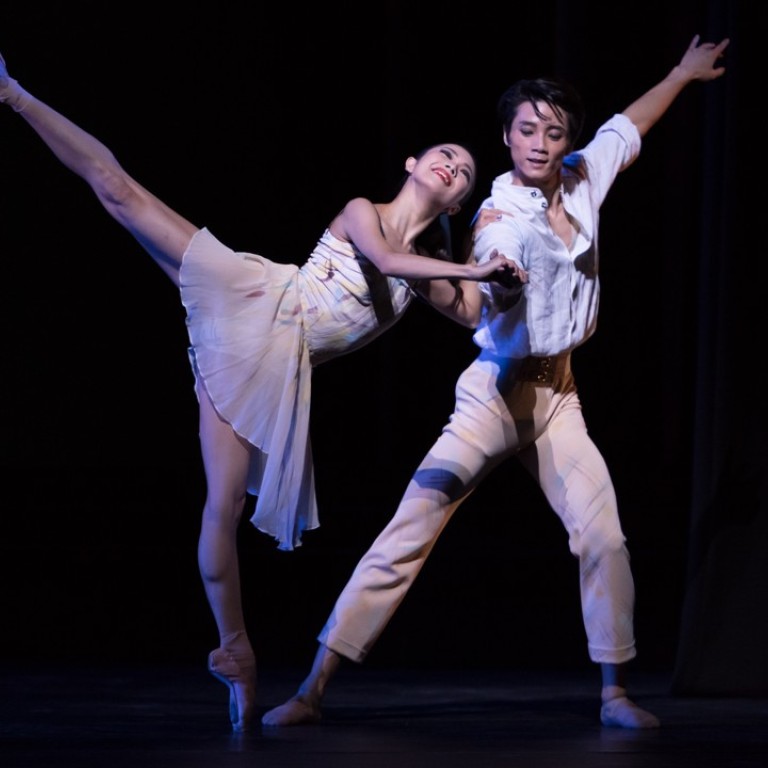
Hong Kong Ballet triple bill is energetic and well danced, but programme lacks ‘wow’ factor
‘Wheeldon, Ratmansky, McIntyre and The Beatles’ features contrasts in choreographic style, but not in mood – and none of the works on show have the kind of substance you can get your teeth into
Programming a triple bill is like planning a three-course meal. You need dishes that contrast each other yet go together well, and you need to make sure there is a satisfying main course – something with a real “wow” factor.
While Hong Kong Ballet’s new programme is entertaining, energetic and, as always with this company, well danced, it feels too much like a succession of appetisers. There are contrasts in choreographic style but not in mood (all the pieces are upbeat) and none of the works on show have the kind of substance you can get your teeth into.
Black ballet dancer wants to keep destroying stereotypes
The best came first with a welcome revival of Alexei Ratmansky’s Le Carnaval des Animaux. If undoubtedly a minor work in terms of this modern master’s oeuvre, it nonetheless shows his intense musicality and unique flair for finding new ways to develop the vocabulary of classical ballet without abandoning its essential spirit.
It was beautifully performed by the entire ensemble. Notable were Naomi Yuzawa’s ferocious Hen, Shen Jie’s henpecked Cockerel, and Jonathan Spigner and Li Lin’s bounding horses. The stand-out, however, was the enchanting Liu Miaomiao as the Elephant, a performance that perfectly encapsulated the wit, charm and inventiveness of Ratmansky’s choreography.
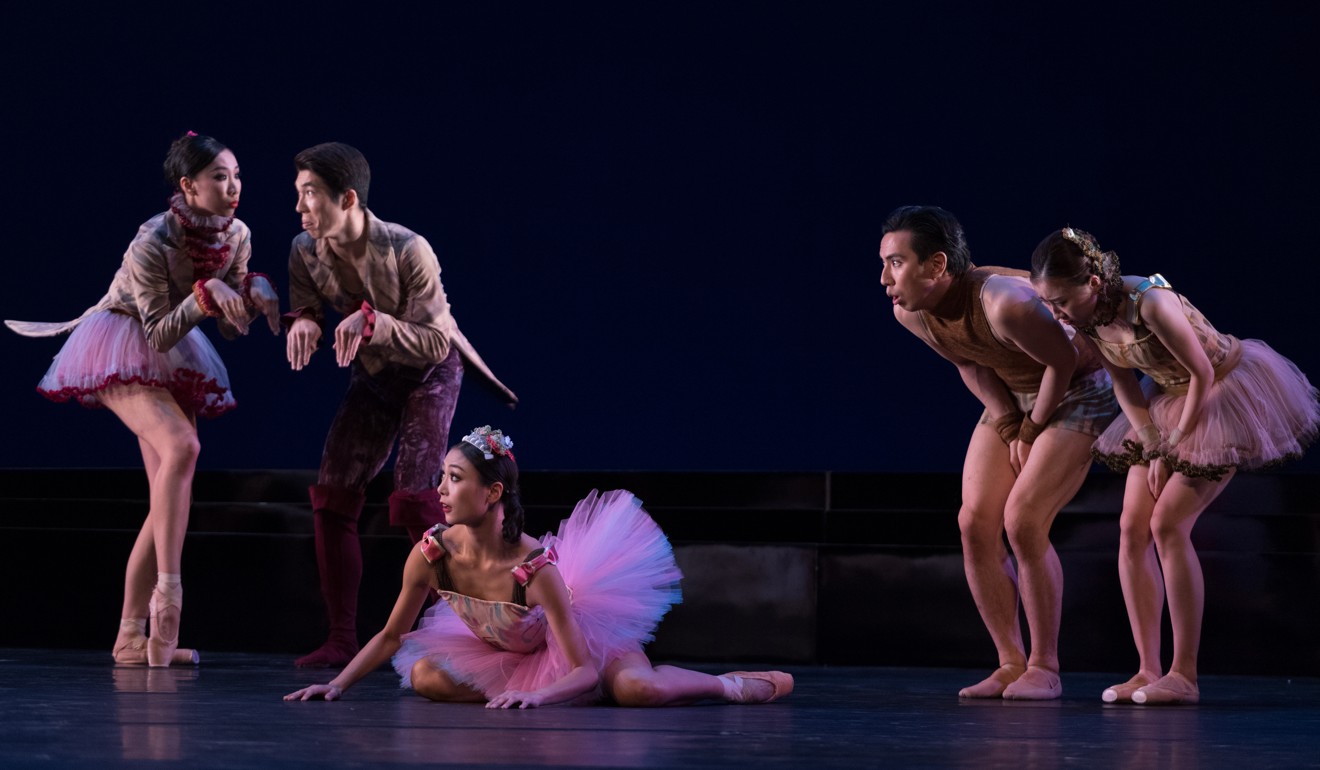
Ratmansky’s main rival as the world’s most sought-after neoclassical choreographer is Christopher Wheeldon and it was a coup for Hong Kong Ballet to present the Asian premiere of one of his early successes, Rush.
Set to Bohuslav Martinu’s Sinfonietta La Jolla, the piece was created in 2003 for San Francisco Ballet and has since entered the repertoire of numerous other companies. It features eight couples in distinctively coloured costumes and consists mostly of fast, intricate ensemble work, with a lyrical duet for a couple in black during the slower central movement.
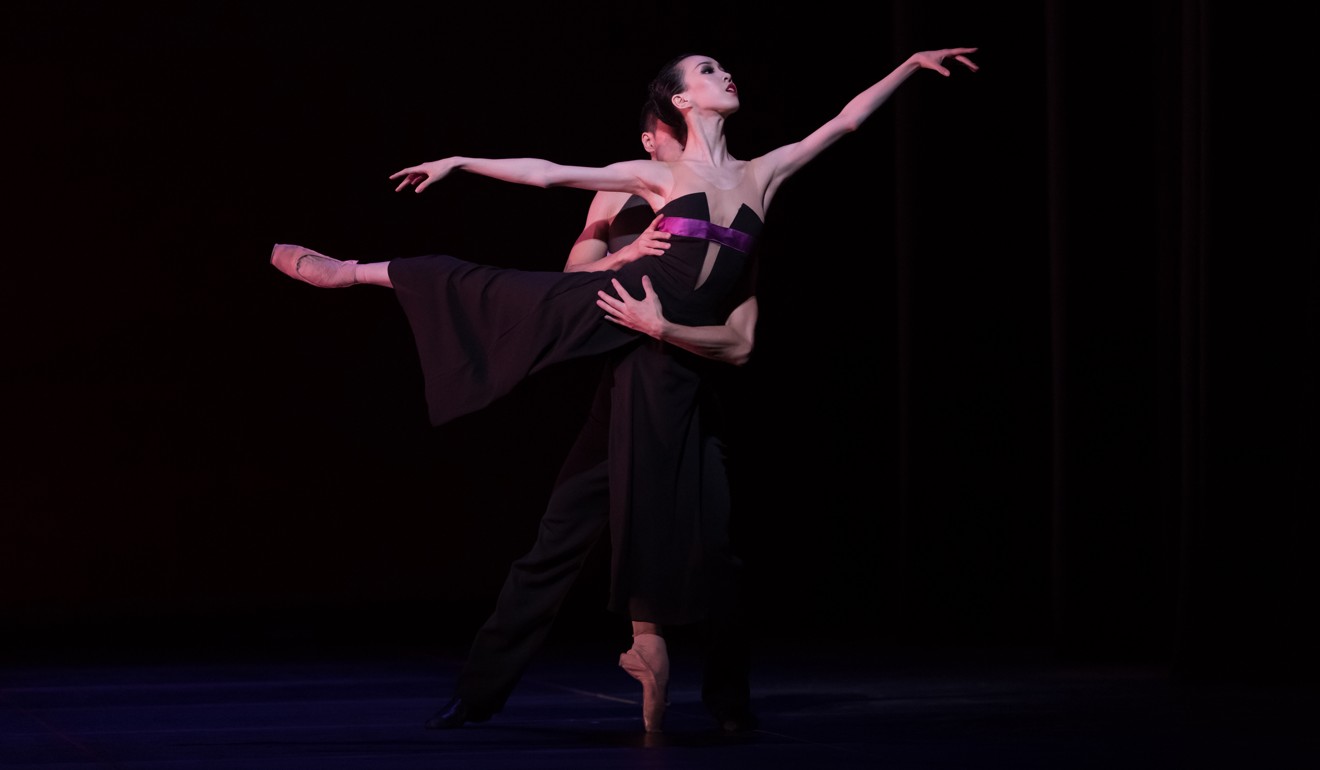
The choreography is expertly crafted and professional, yet the work failed to come to life and felt curiously bland. The music, which feels as if it’s constantly going somewhere without really arriving at anything, may be part of the problem.
Wheeldon was resident choreographer at New York City Ballet when Rush was made. The piece can best be described as an homage to Balanchine, right down to a specific reference to one of his masterpieces, Serenade. The problem is that while imitation may be the sincerest form of flattery, it is still imitation – and Serenade is a much better ballet than Rush. Only a few flashes of genuine originality – the upside-down lifts in the slow duet, the ballerinas lifted to run across the chests of kneeling male dancers – presage Wheeldon’s later development as a choreographer.
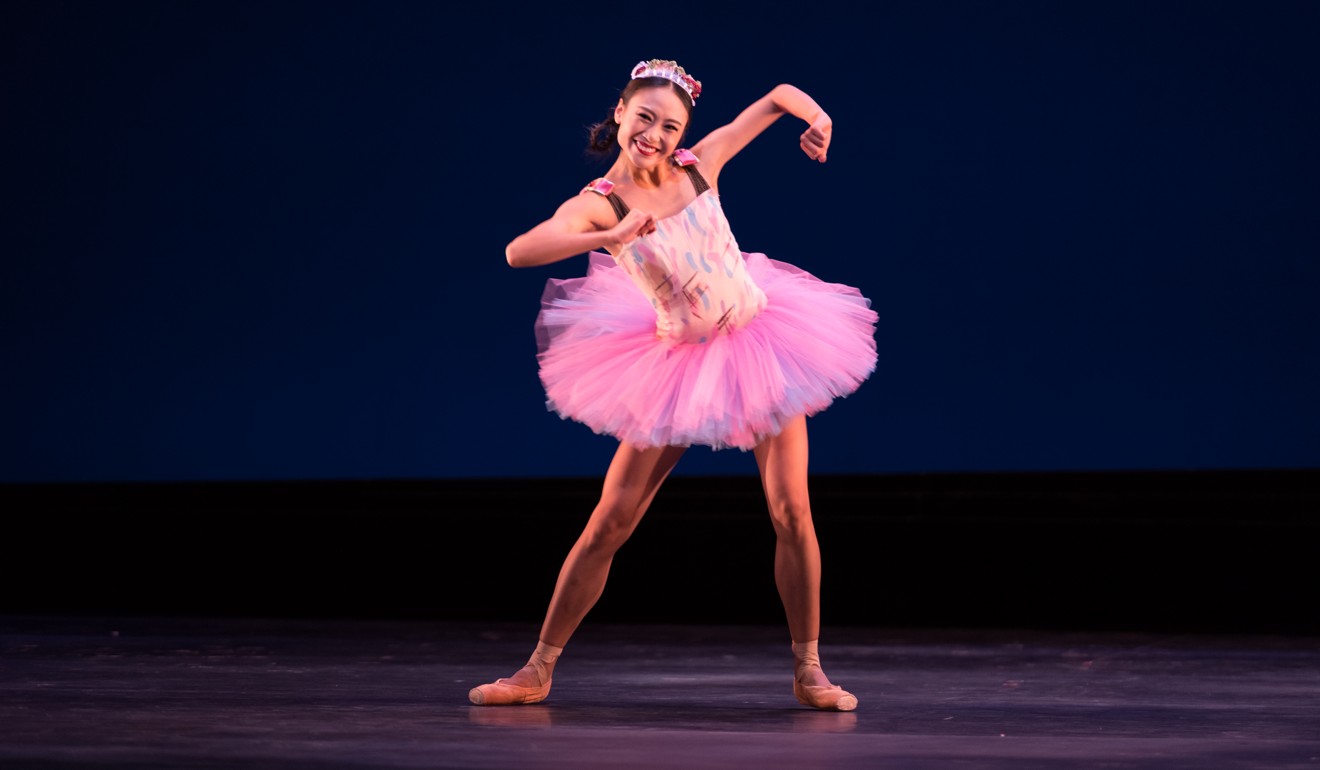
The company, however, danced with commendable speed and accuracy. Shen Jie, Dong Ruixue, Liu Miaomiao and Xia Jun were in sparkling form in the faster sections, and there was a fine account of the central duet from Chen Zhiyao and Wei Wei.
The first two works had already been programmed before Septime Webre’s arrival as Hong Kong Ballet’s artistic director. Only the third, A Day in the Life, which he had commissioned from choreographer Trey McIntyre for Washington Ballet in 2006, was selected by him.
Set to 12 classic tracks by The Beatles, the rock ballet features a cast of four male and four female dancers. They are dressed in white outfits (T-shirts and trousers for the men, simple dresses for the women) which suggest physical training more than dance, and fit with the high-octane energy the piece demands.
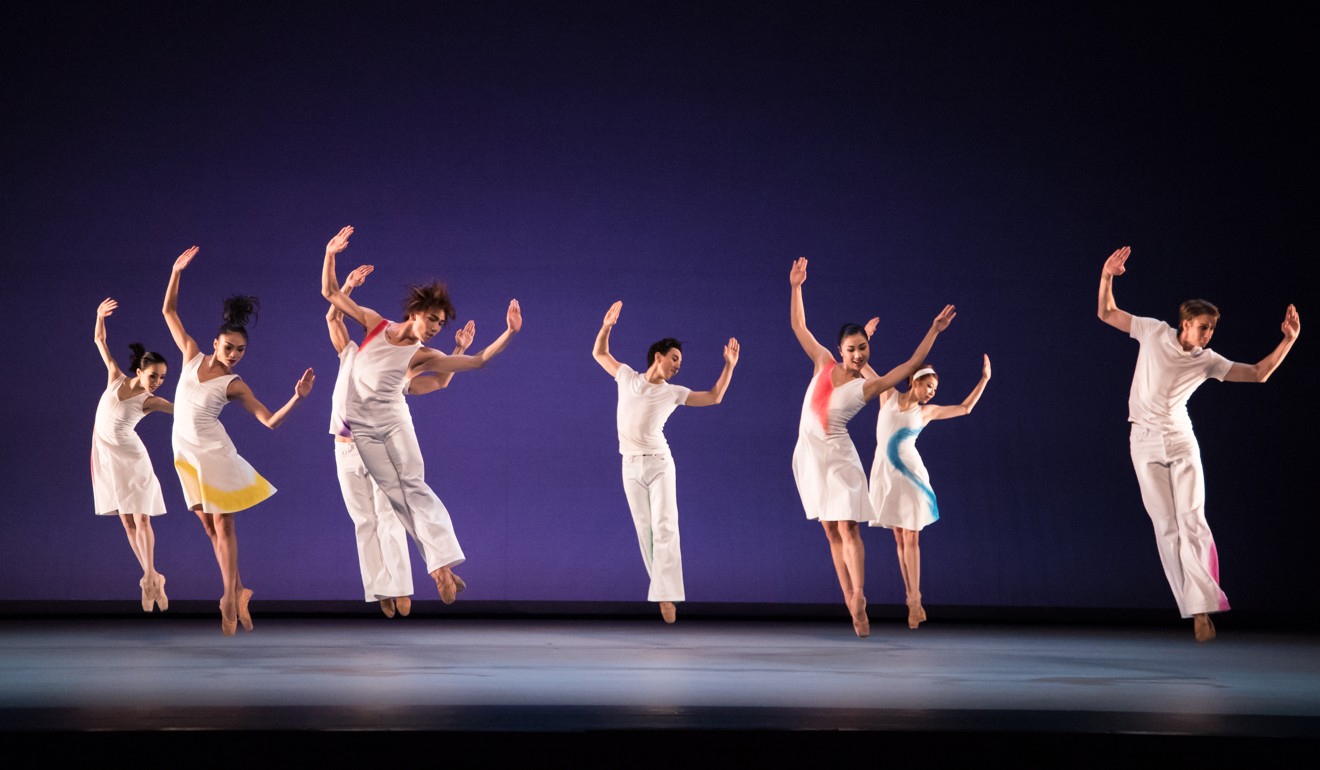
McIntyre has chosen to base his choreography entirely on the music and avoid interpreting the lyrics. However, the dance still needs to reflect the feeling of the songs – bouncing around the stage with cheery grins works fine for Ob-La-Di Ob-La-Da, but applying the same thing to The Ballad of John and Yoko clashes badly with Lennon’s bitter, ironic lyrics.
5-minute planks, no bicep bulges: Hong Kong ballet dancer workouts
The emphasis on dancing to the rhythm rather than the melodies also makes for repetitive movement. Playful though these songs – mostly taken from The White Album – may be, they are also extremely sophisticated, something the piece fails to reflect.
The only truly exceptional moment was Xia Jun’s solo to McCartney’s jangling, discordant Wild Honey Pie, a mesmerising one-minute tour de force that left me wanting more.
Wheeldon, Ratmansky, McIntyre & The Beatles, Hong Kong Ballet, Hong Kong Cultural Centre Grand Theatre
Reviewed: June 1, 7.30pm

